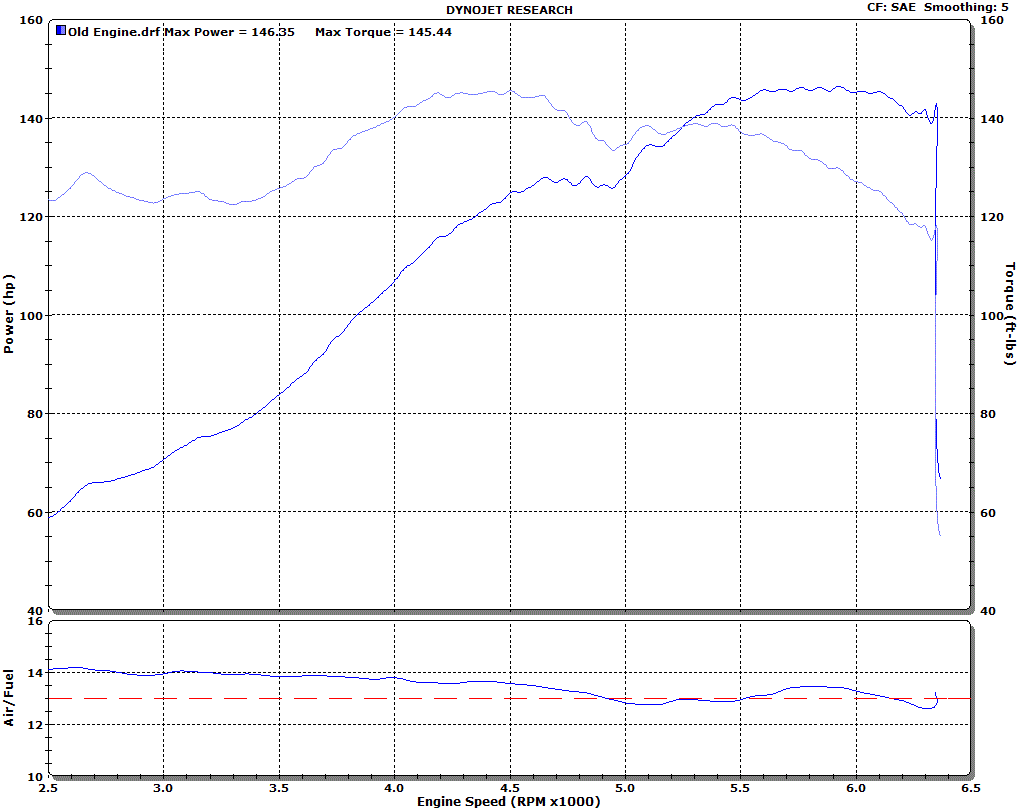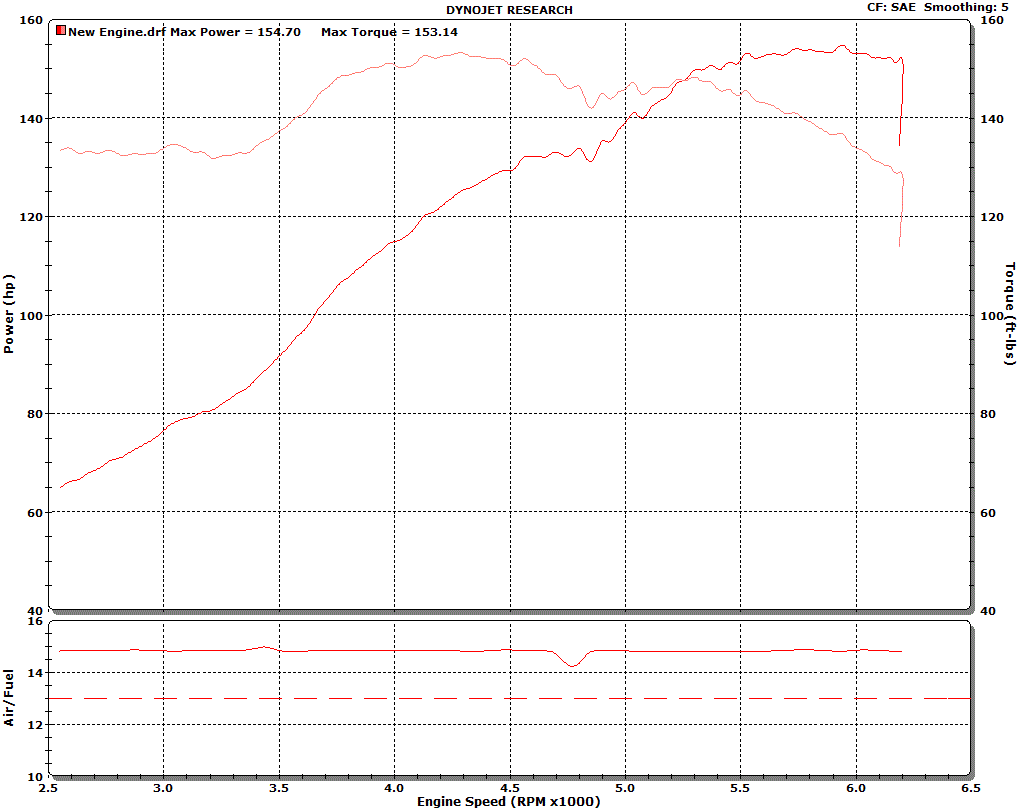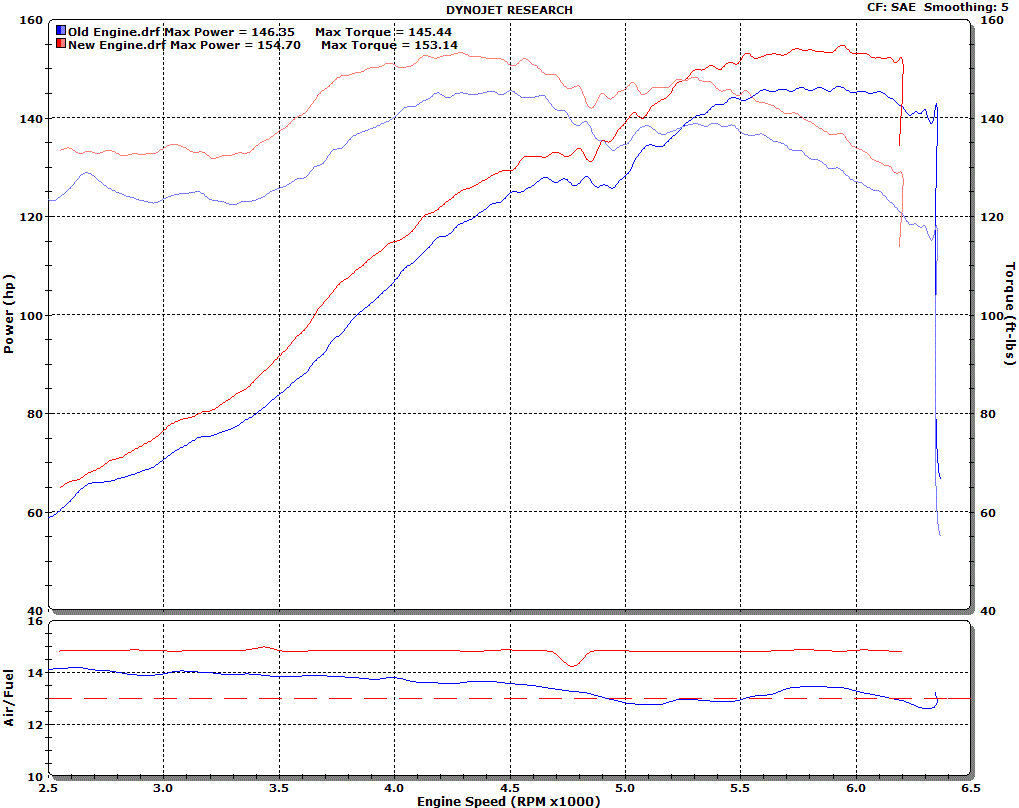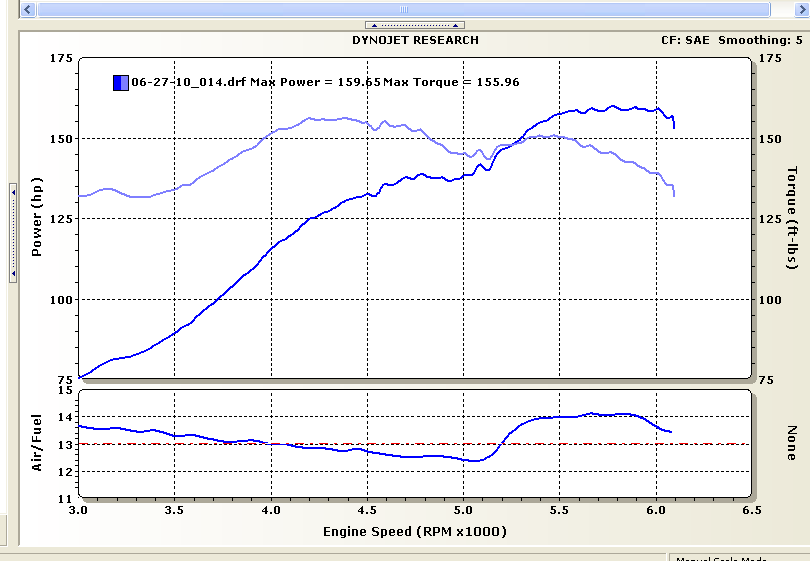I cant speak for the rules people, but the intent, if I follow, is a cost effective spec class.
Just because you can be 100% legal, spend many many MANY thousands of $$$$ on a motor, doesn’t make it a healthy spec class long term. One shouldn’t have to show up with more than a healthy stock motor, and be competitive by the spirit of any stock limited class.
That is the intent I got from reading the new rules.
What is the eventual cost of a competitive E30 car, if “its legal” with money thrown at the problem? I believe there are more people unable/willing to keep up with the budget war, than are.
That is the long term intent that I see going on here, and I see a healthier long-term E30 presence from it.
I 'spose for much else, you’ll have to reach out to the people that make the rules.
PS: I suppose the joke at the end of the day, is that I’m seeing high 14xhp cars win races cleanly occasionally, so what’s that say about spending more than Pick & Pull wants for a motor and a few gaskets?
Save your $ for BBQ and beer after the race, it lasts longer than the race does. 









